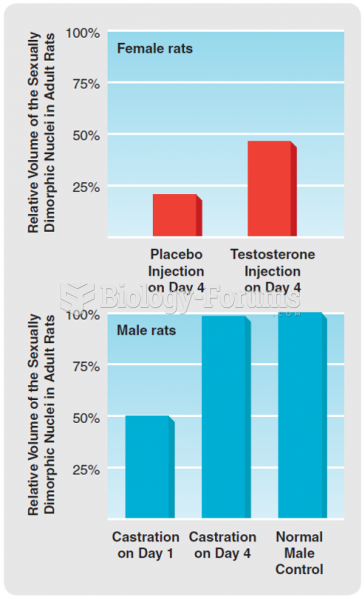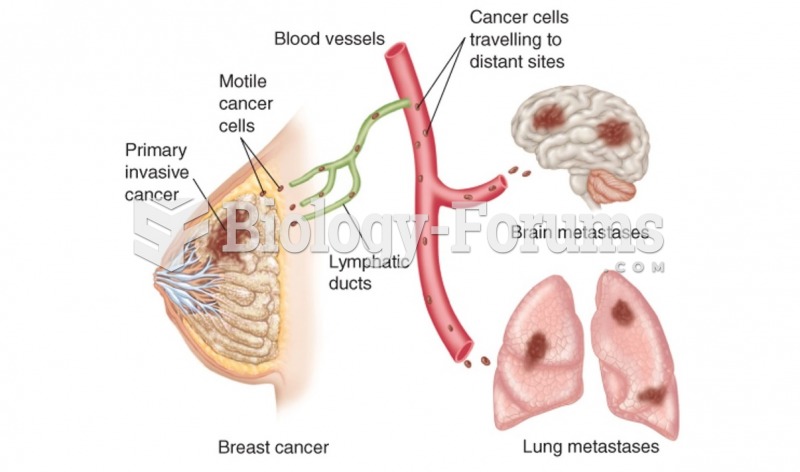Mario is a 68-year-old male whose wife died of cancer 5 years ago. Since her death, he began to eat more fast food and stay at home and watch television. Recently, however, Mario's friend introduced him to a woman whom he became to like very much.
After seeing her a few times, Mario became concerned about his health and went to see his doctor. He noticed a change in his sexual performance when he turned 60 and, after seeing so much on television about erectile dysfunction, was concerned he would experience this with his girlfriend.
What factors are present in Mario's history that predispose him to erectile dysfunction?
What condition would you suspect if Mario had a blood test indicating elevated LH and decreased testosterone levels? What effect do low testosterone levels have on the reproductive organs of the male?
How do the parasympathetic and sympathetic nervous systems generate erection, emission, and ejaculation?
Question 2
Darius is 63 years old and began to awake at night to urinate. When he went to the bathroom, he had to strain to initiate the flow, and the stream of urine was weak.
Over time, the pattern became more apparent during the day; he often had a sense of urgency and felt he was going to the bathroom frequently. When he did, however, he did not always feel he had emptied his bladder, and he tended to dribble throughout the day. Much to his reluctance, his wife urged him to see a physician. At the doctor's office, his case history was carefully taken, a digital rectal exam was performed, and lab work was ordered. His blood results were unremarkable, but his urinalysis showed an elevated white blood cell count and bacteria. His physician diagnosed Darius with benign prostatic hyperplasia and urinary tract infection.
How does BPH contribute to the signs and symptoms of bladder dysfunction, and how was Darius prone to developing a urinary tract infection?
What are the static and dynamic components of BPH? Why are 1-adrenergic receptor blockers sometimes used to treat prostatic hyperplasia?
How would the prostate feel during a digital rectal exam with benign prostatic hyperplasia, acute bacterial prostatitis, and prostate cancer?
Why does the patient with prostate cancer present with symptoms later in the disease?
 History of the number of observed sunspots during the last 250 years, which shows the ~11-year solar
History of the number of observed sunspots during the last 250 years, which shows the ~11-year solar
 The male reproductive system, sagittal section showing the organs of the system and their relation t
The male reproductive system, sagittal section showing the organs of the system and their relation t
 Male Turkmen in the wealthier half of the population had higher fertility rates than those in the po
Male Turkmen in the wealthier half of the population had higher fertility rates than those in the po




